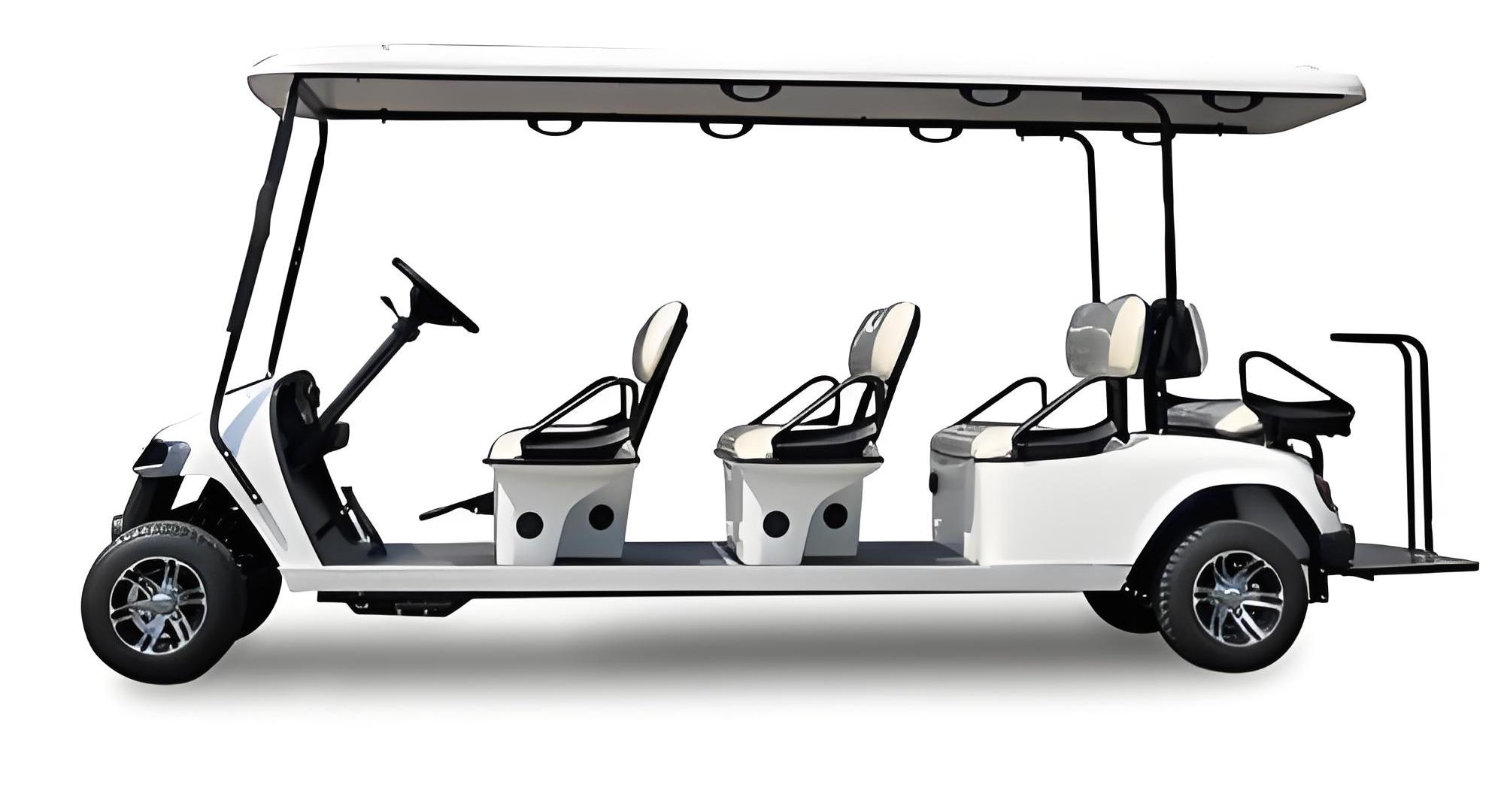Applications and Characteristics of Electric Golf Carts and Scenic Area Vehicles
In the modernization of golf, electric golf carts have become one of the core equipments for course operations. These vehicles are not just simple means of transportation; their design details are deeply integrated with the course ecology and sports experience. Both golf carts and scenic area vehicles rely heavily on advanced battery packs to deliver reliable performance while maintaining environmental friendliness.
Electric Golf Carts
In standard 18-hole courses, golf carts perform three main functions. Firstly, they efficiently transport players and equipment. Each cart is equipped with foldable bag racks that can securely hold 2-3 sets of golf bags (each weighing approximately 15-20kg). Players no longer need to walk between holes that are hundreds of meters apart, reducing a single round's duration by over 40 minutes.
Secondly, they assist in course maintenance. Some carts are fitted with small cargo bins to transport light materials such as grass seeds and fertilizers, complementing course maintenance vehicles in completing local lawn repairs. The reliable battery packs powering these utility carts ensure they can operate throughout the workday without interruption.
Thirdly, they provide emergency support. Carts are equipped with first-aid kits and communication devices to quickly respond to players' sudden health conditions. The consistent power supply from their battery packs ensures these essential systems remain operational when needed most.
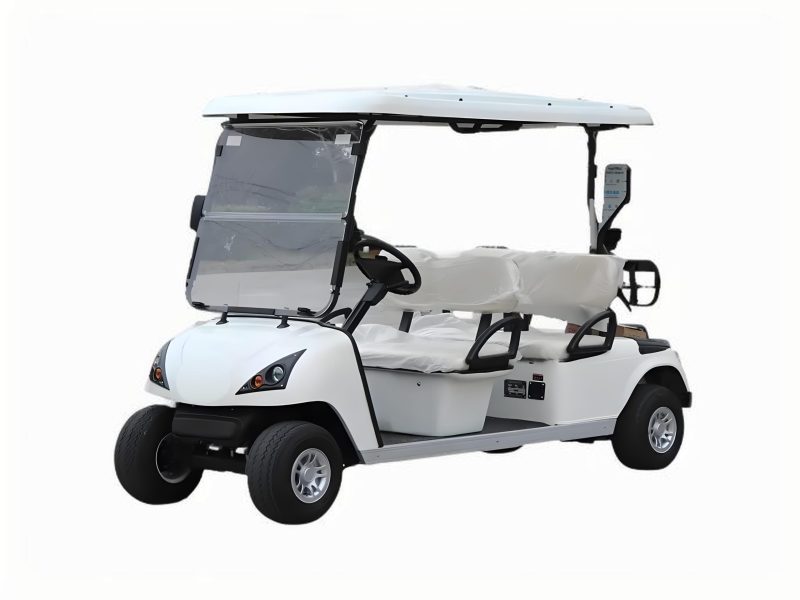
Innovative Tire Design
To achieve the core goal of "protecting course safety," the tire design of golf carts contains subtle engineering. Mainstream models use wide-section, low-pressure tires (200-220mm width, 0.8-1.0bar pressure). The tread pattern consists of fine diamond-shaped blocks, which not only reduce碾压 damage to the delicate lawns around the greens but also provide sufficient grip on wet surfaces.
Some high-end courses also install rubber cushions on the bottom of the carts to prevent sand from being carried away when vehicles pass the edges of bunkers, maintaining the original shape of the course. These design considerations work alongside efficient battery packs to create a harmonious balance between performance and course preservation.
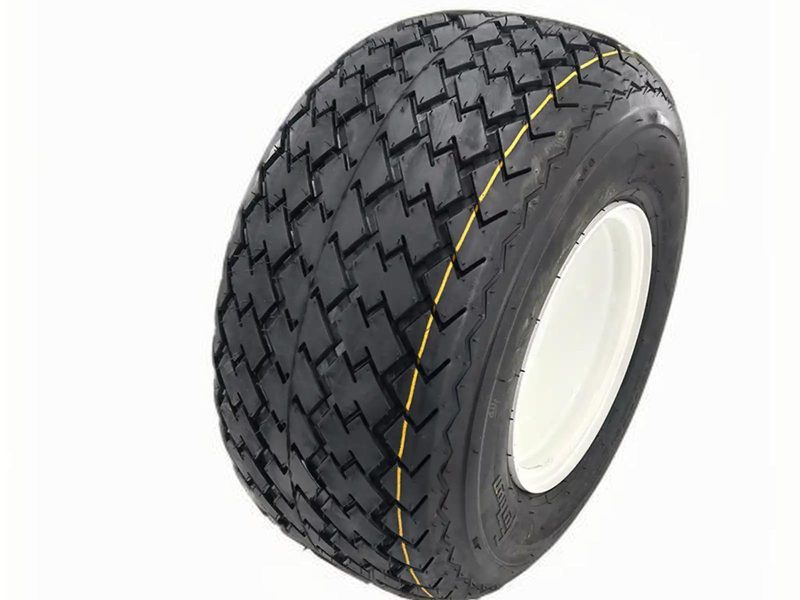
Accessibility and Ergonomics
For elderly players and those with mobility impairments, the人性化设计 of golf carts is even more crucial. Seat heights are lowered to 45cm for easy access, armrests can rotate 90 degrees, and pedal edges are equipped with anti-slip protrusions. Some models also feature electric lifting functions,配合球场无障碍通道实现全场景通行.
These accessibility features are powered by specialized components within the battery packs, ensuring smooth operation of all electrical functions that enhance usability for all players, regardless of physical ability.
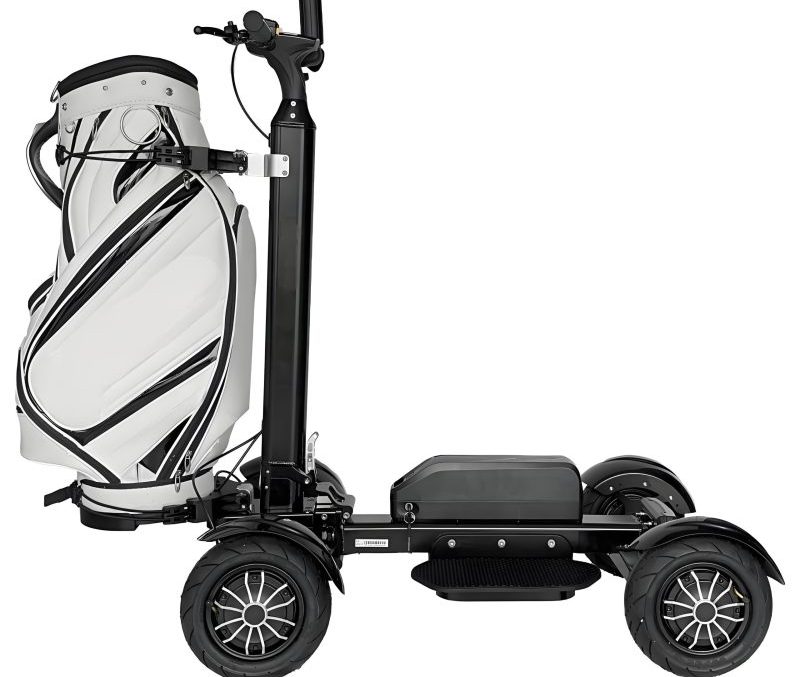
Power Systems and Battery Technology
Currently, the power systems of golf carts still mainly use lead-acid battery packs, which is closely related to their usage scenarios. The 48V/72V voltage design is a result of balancing range and safety: 48V systems (composed of 4 sets of 12V batteries in series) are suitable for 9-hole short-distance courses. When fully charged, they can travel 50-60km, exactly meeting the 8-hour daily operation requirements.
72V systems (6 sets of 12V battery packs) are used in 18-hole large courses, with the range increased to 80-100km, capable of handling players' cross-area movement. A 200A·h capacity means that when driving continuously at low speeds (≤20km/h), it can output approximately 10-14kWh of electrical energy, equivalent to continuously operating for 6-8 hours when carrying 4 players and their equipment.
However, the shortcomings of lead-acid battery packs are also obvious. They weigh 150-200kg, accounting for about 30% of the total vehicle weight, and their capacity will decrease by 20%-30% at low temperatures. Therefore, golf courses in northern regions need to be equipped with battery pack insulation sleeves in winter, and distilled water needs to be replenished every 3-4 months for maintenance.
Manufacturers are continuously improving battery pack technology, exploring lighter materials and more efficient energy storage solutions to overcome these limitations while maintaining the reliability that golf course operators depend on.
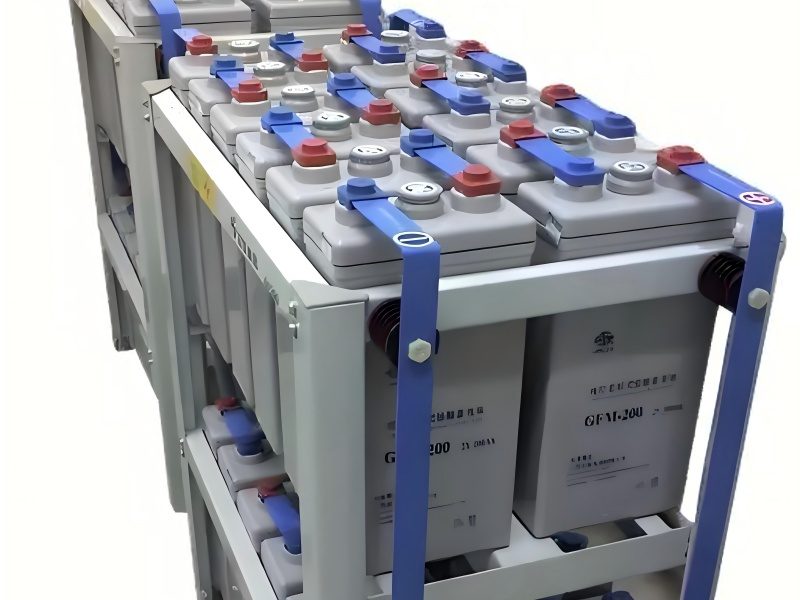
Electric Scenic Area Vehicles
Electric tourist attraction vehicles, which share the same origin as golf carts, are reconstructing the transportation system in ecologically sensitive areas. The popularity of these vehicles in world natural heritage sites such as Huangshan and Jiuzhaigou stems from their core advantages of "zero emissions + low noise."
The noise level of the motor during operation can be controlled below 55 decibels, equivalent to the volume of normal conversation, which will not disturb wild animals or破坏景区静谧氛围. The zero exhaust emission characteristic allows them to go deep into plateau scenic areas above 3000 meters above sea level, avoiding the impact of exhaust emissions from internal combustion engine vehicles on fragile ecosystems.
These environmentally friendly vehicles rely on advanced battery packs to deliver the performance needed for daily operations in challenging terrains while maintaining their eco-friendly credentials.
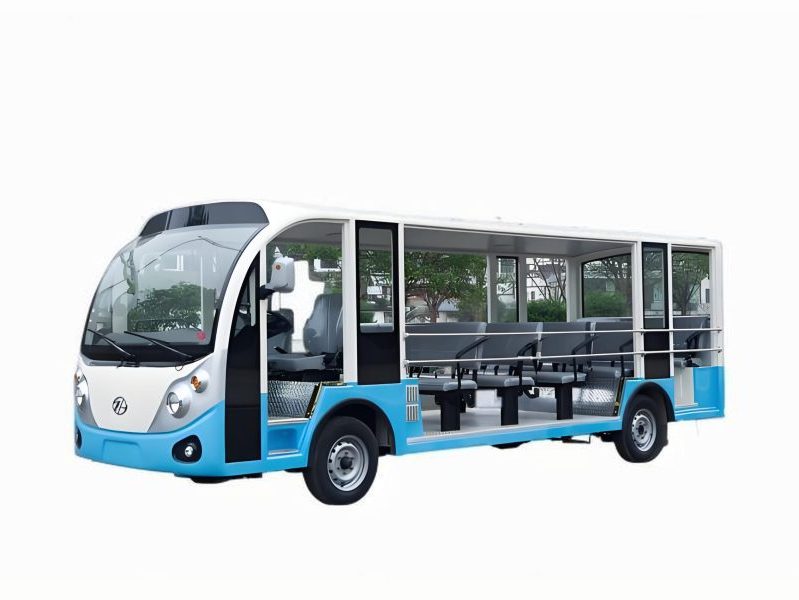
Design for Scenic Area Adaptability
The design of electric scenic area vehicles emphasizes scene adaptability. The body length is mostly controlled at 4-6 meters, and the width is 2-2.5 meters, which can not only pass each other on narrow roads such as plank roads but also meet the travel needs of families or small teams through a 12-14 seat layout.
The vehicle chassis adopts a reinforced non-independent suspension, combined with 16-inch large-size tires, which can easily handle common terrain in scenic areas such as gravel roads and gentle slopes (slope ≤15°). Some models in wetland scenic areas also adopt a closed carriage design with UV-proof glass on the sides, which not only protects tourists from wind and rain but also allows them to enjoy the wetland landscape along the way.
The placement of battery packs in these vehicles is strategically designed to optimize weight distribution for safe operation on varied terrain while protecting the batteries from environmental elements.
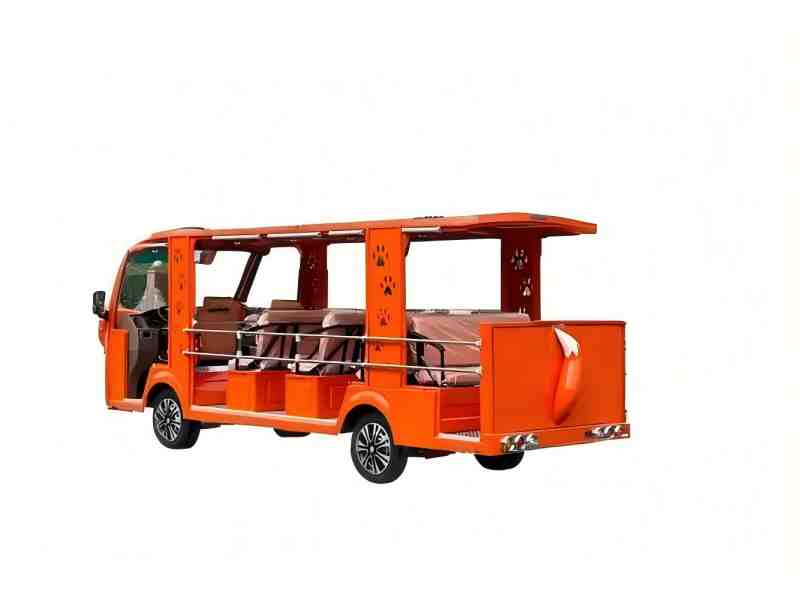
Advanced Battery Systems for Extended Use
To meet the long-range requirements of scenic areas, these vehicles mostly use lithium iron phosphate battery packs instead of traditional lead-acid batteries. The capacity is increased to 200-300A·h, and the voltage system is upgraded to 96V. A single charge can travel 120-150km. Combined with photovoltaic charging piles in the scenic area, it can realize "photovoltaic-storage-charging" integrated operation.
The body material is mainly lightweight aluminum alloy, which is 20% lighter than golf carts, further reducing energy consumption. These lithium battery packs offer significant advantages over traditional lead-acid options, including faster charging times, longer lifespan, and better performance in temperature extremes.
The advanced battery management systems in these vehicles optimize the performance of the battery packs, ensuring efficient energy usage and providing operators with accurate range information to prevent unexpected downtime during tourist operations.
These detailed designs make electric vehicles not just transportation tools but also a key link in balancing ecological protection and tourist experience in scenic areas. The continuous development of battery pack technology will further enhance their efficiency, range, and environmental benefits.
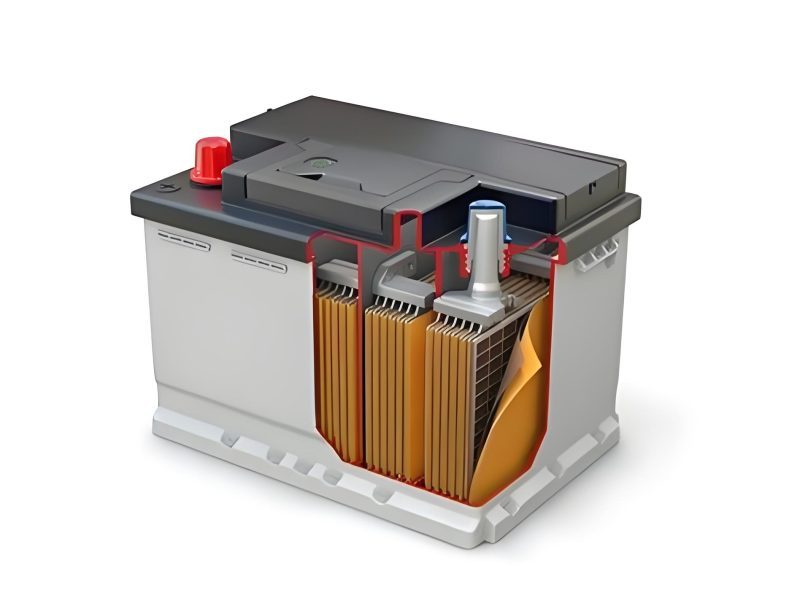
Synergies and Distinctions
While electric golf carts and scenic area vehicles share core technologies like battery packs and electric drivetrains, their design priorities reflect their distinct operational environments. Golf carts emphasize precision maneuvering, turf protection, and individual player comfort, while scenic area vehicles focus on passenger capacity, rugged terrain performance, and extended range.
Both vehicle types demonstrate how specialized battery packs have enabled cleaner, quieter transportation in environments where preserving natural beauty and minimizing ecological impact are paramount. As battery technology continues to advance, we can expect further improvements in efficiency, charging speed, and overall performance across both categories.
The evolution of these electric vehicles represents a broader trend toward sustainable transportation solutions in recreational environments, where battery packs serve as the critical enabling technology that balances human mobility needs with environmental preservation goals.
